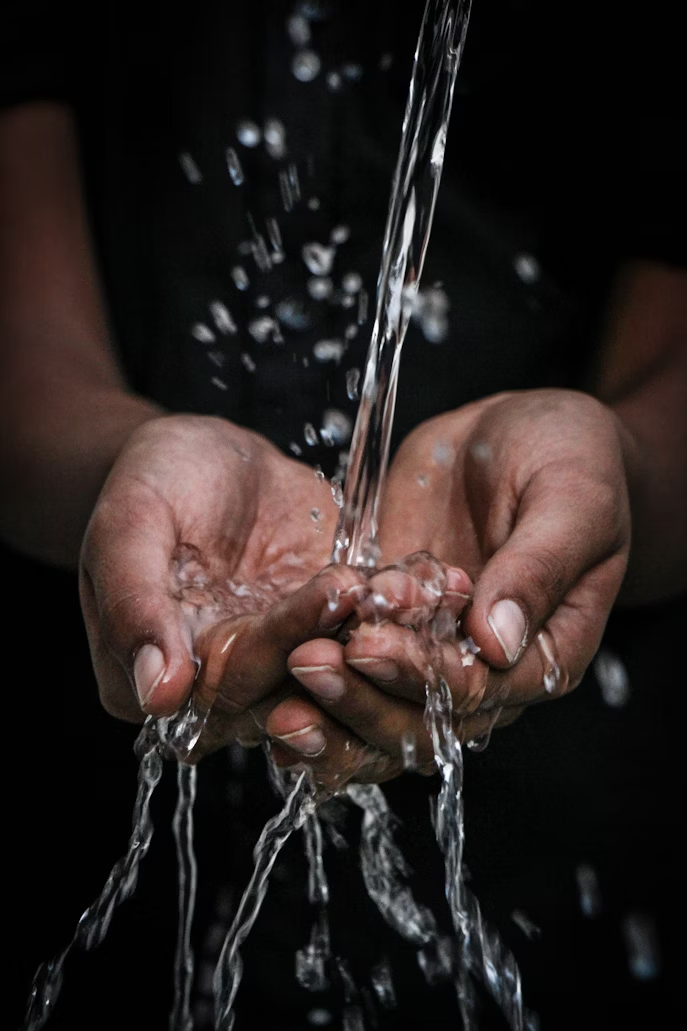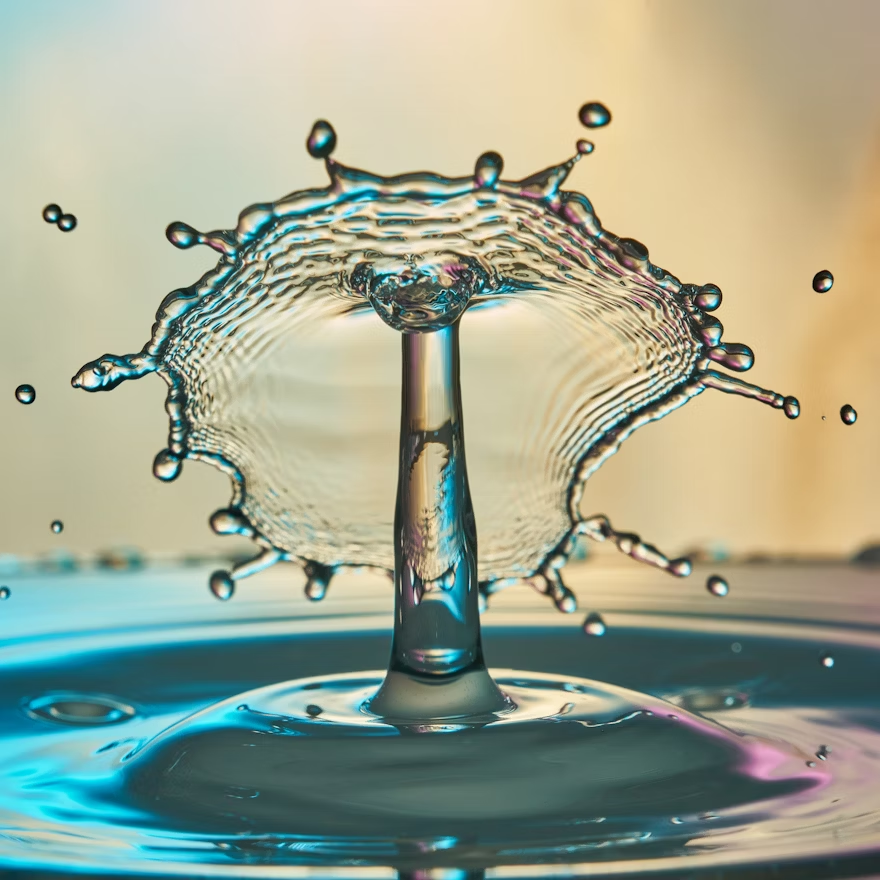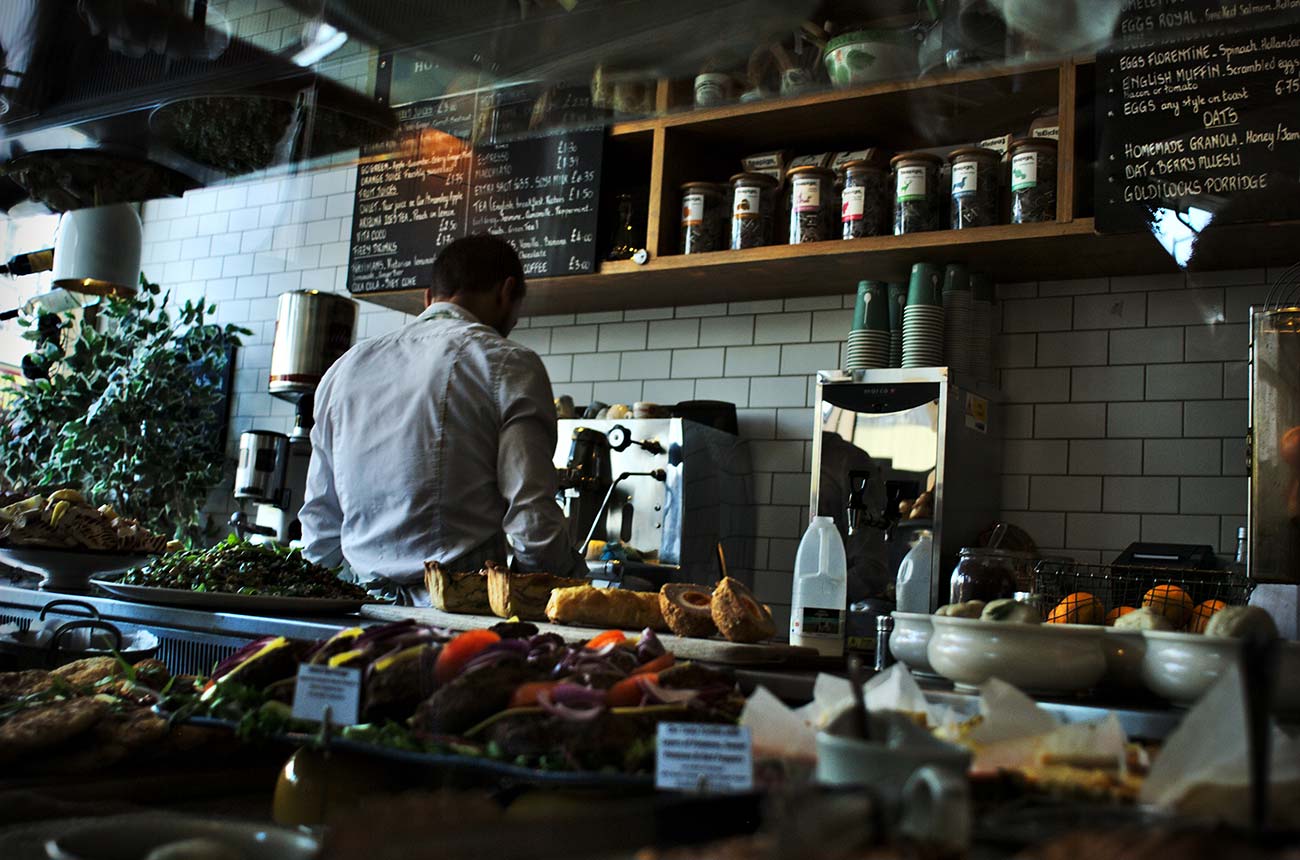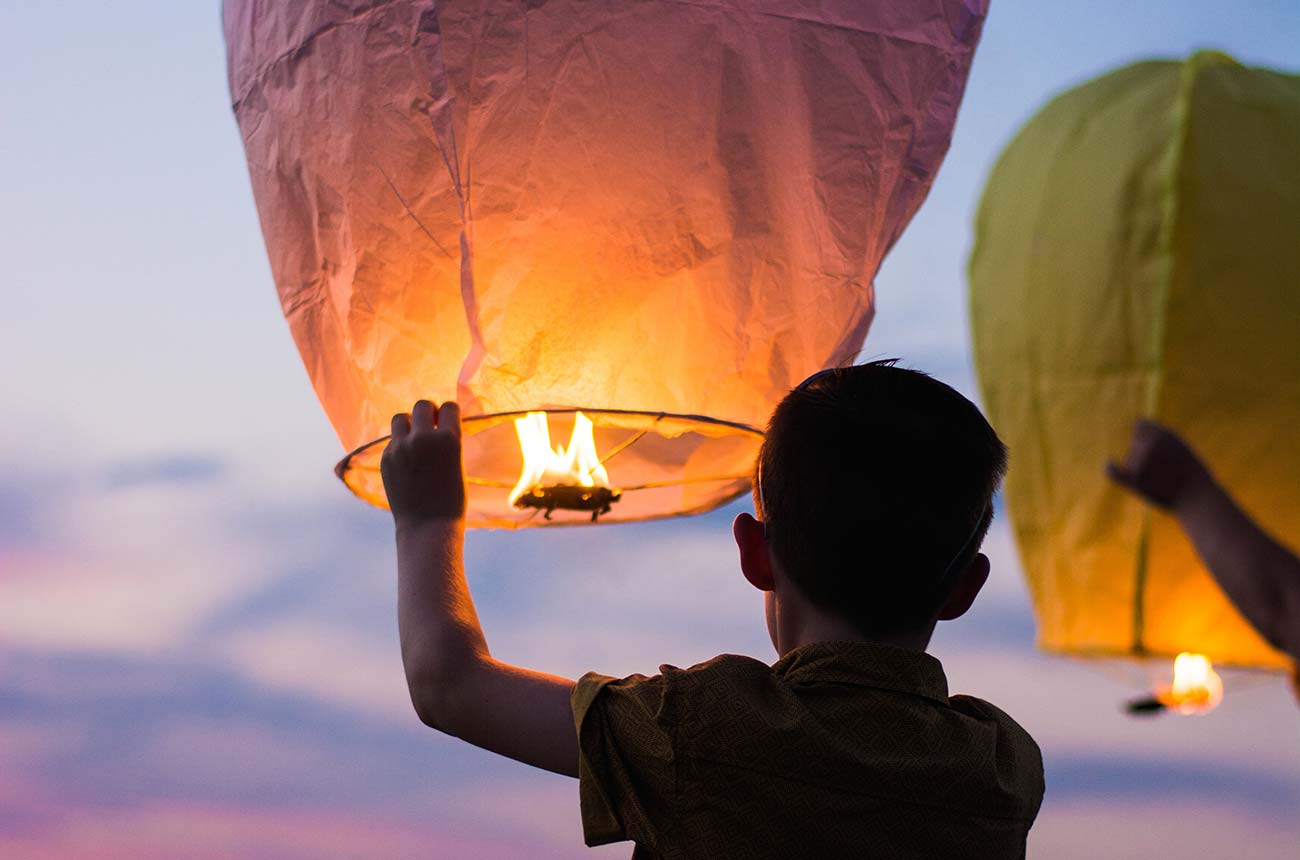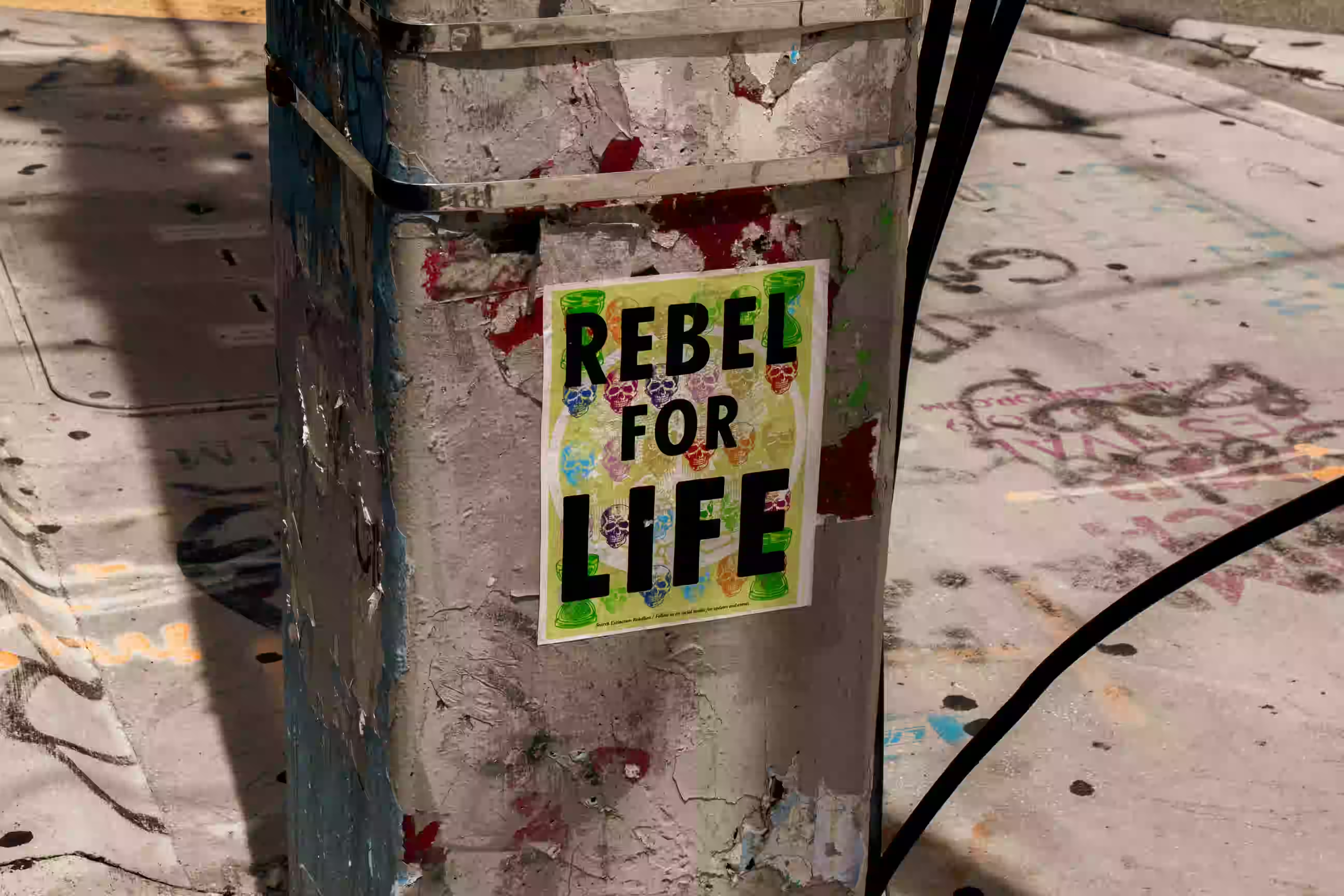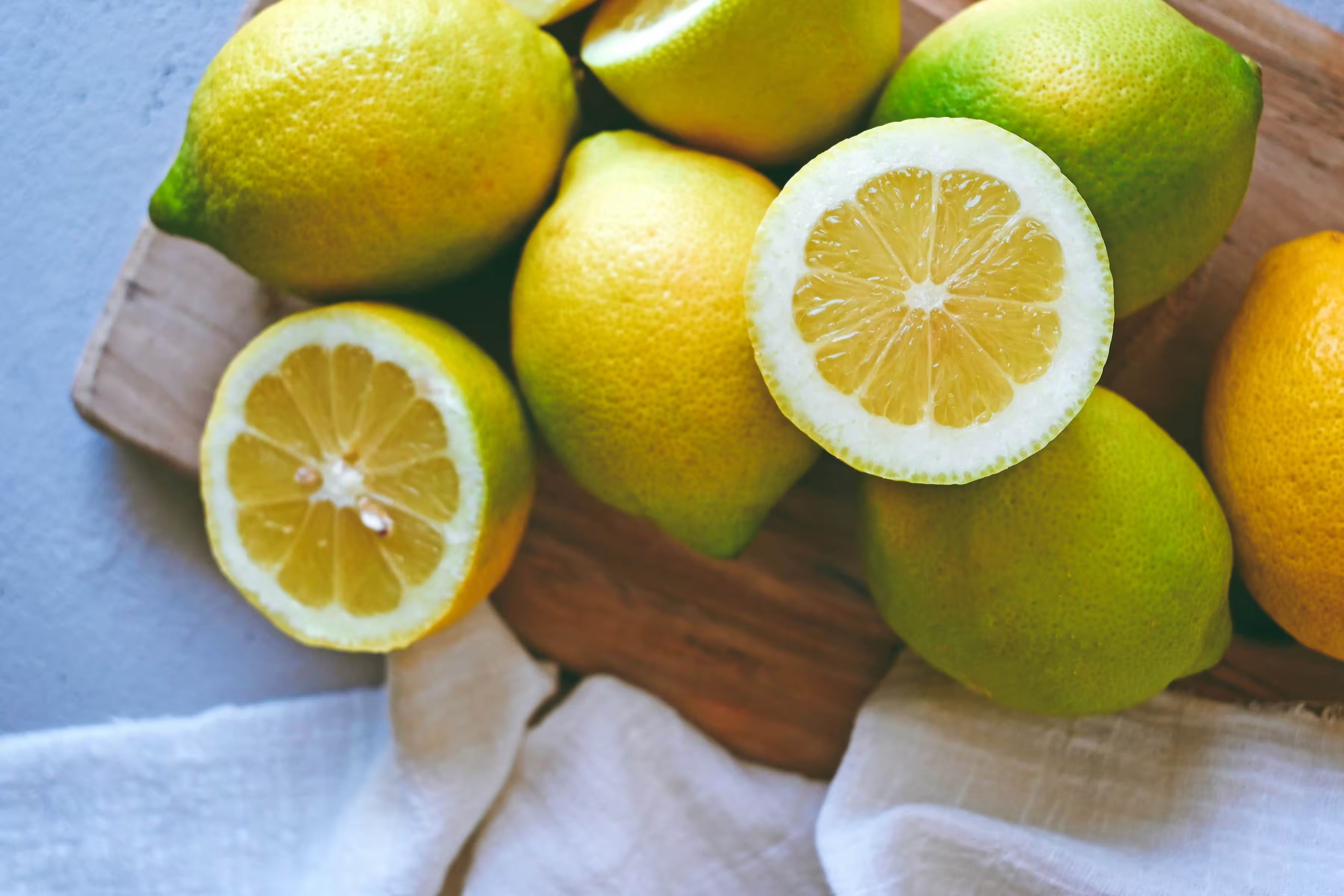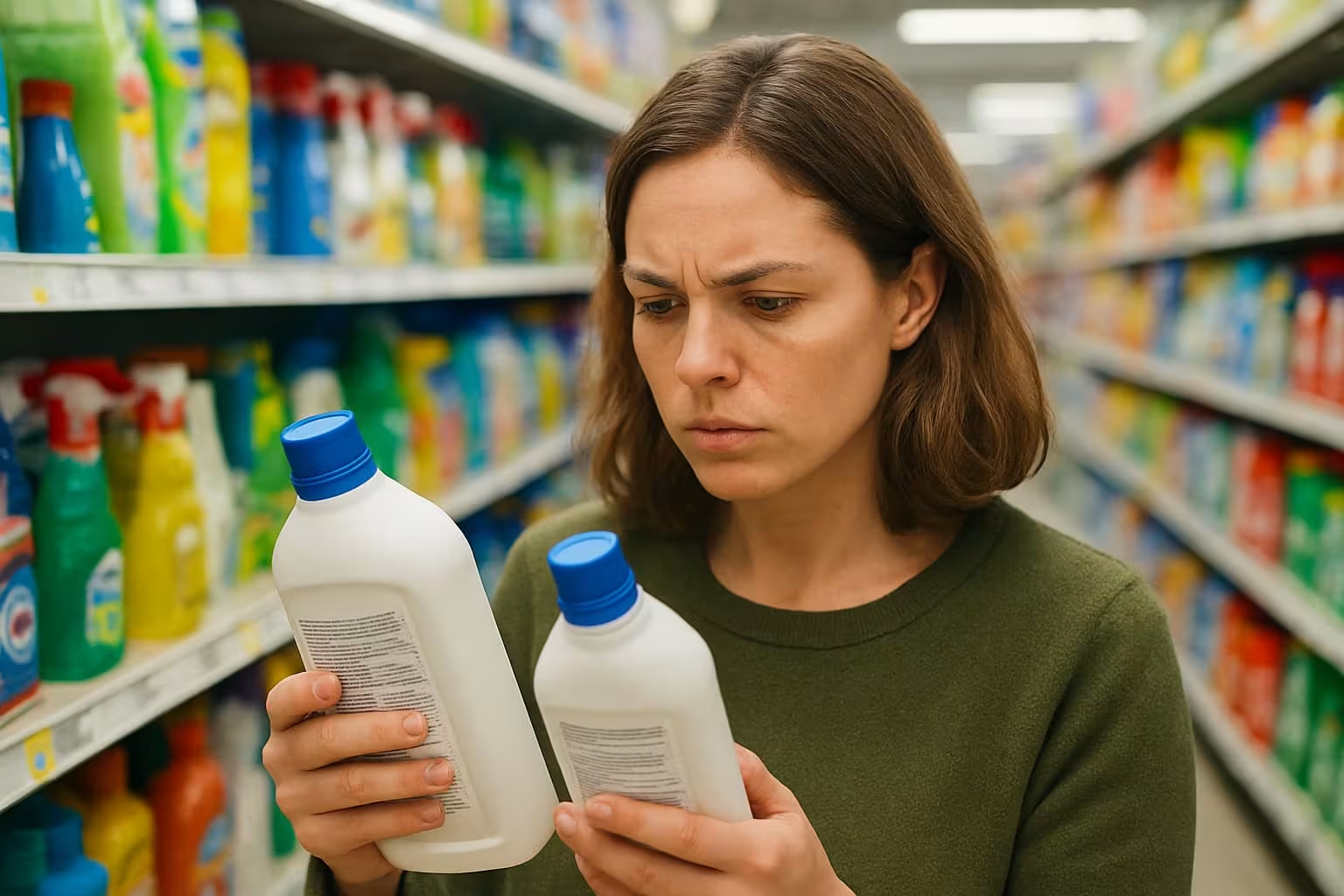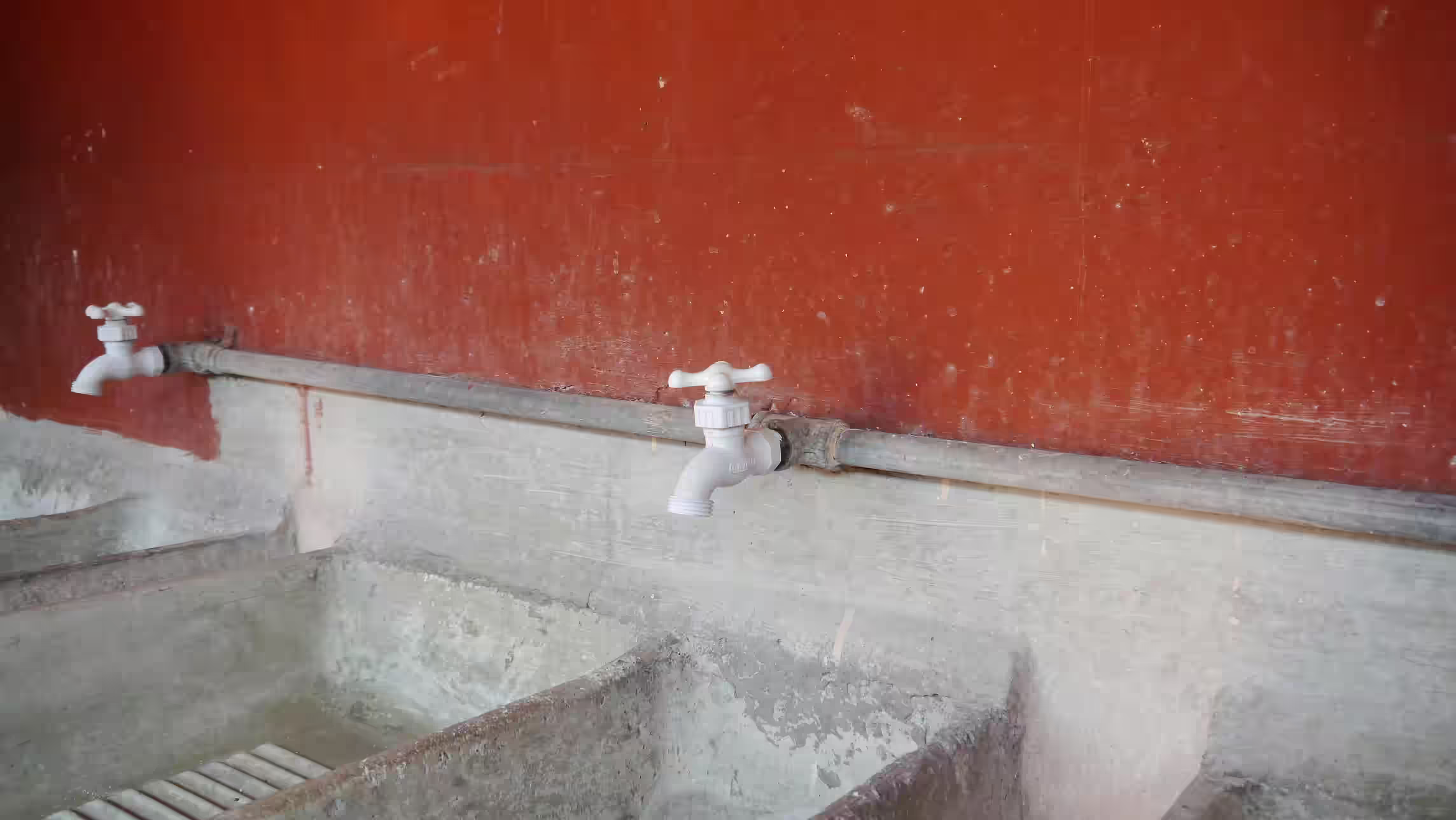

One simple faucet can unlock trailblazing education
How one global fix could end gender inequality, creating opportunities, saving the planet.
We don't usually think about water until it disappears.
The daily 6-kilometer journey for water
Imagine walking 6 kilometres every single day just to fill a plastic container with water that might make you sick. Now imagine doing this while balancing school, helping your family, and dreaming of a future that feels impossibly far away. For millions of young women around the world, this isn't imagination—it's reality.
Two unlikely heroes meet
In 2009, two unlikely partners came together with a shared obsession: ending the global water crisis. Gary White, a civil engineer from Kansas who'd been working on water projects since the 1990s, met Matt Damon, the actor who'd been deeply affected by what he'd witnessed while filming in developing countries. Together, they founded Water.org with a genius approach: they didn't just want to drill wells and walk away.

Pause & Reflect
How would it feel to be someone's unexpected hero?
The hidden gender crisis
Here's what's really wild: the water crisis is actually a women's crisis. Women and girls around the world will spend a collective 200 million hours not at school, not at work, and not at home. They will spend it on foot, in pursuit of water. That's 200 million hours every single day that could be spent in classrooms, building businesses, or simply being kids.
The WaterCredit revolution
Here's where they get seriously innovative. Instead of just giving people water infrastructure, they created something called WaterCredit—small, affordable loans that let families finance their own water and sanitation solutions. Why is this game-changing? Millions of people in poverty are already paying high prices for water—in time spent collecting it or money to pay for temporary access.
Did you know?
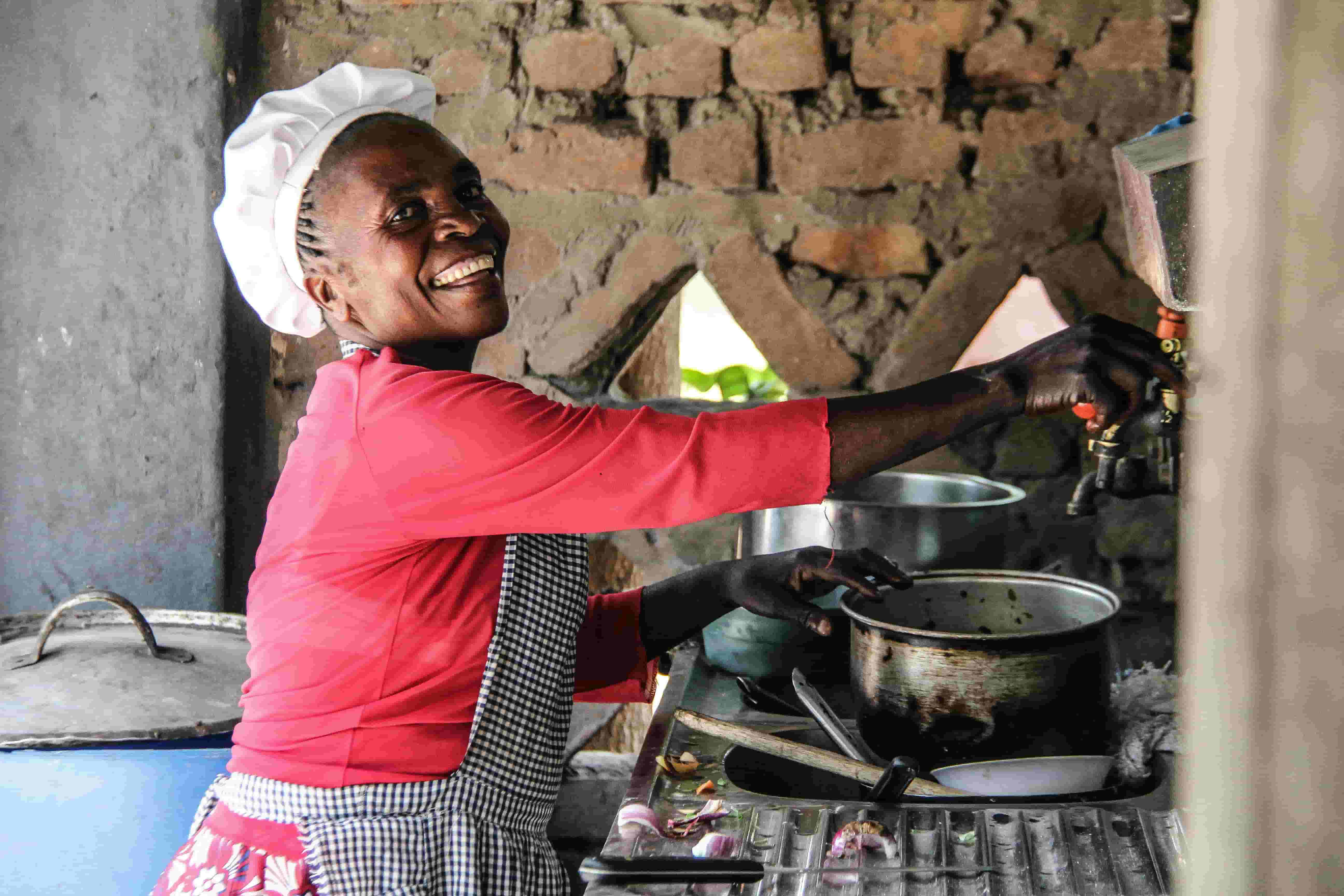
87% of water and sanitation loan recipients are women
That's not a coincidence—it's recognition that women are the ones managing household water needs and they're the key to solving this crisis.
Fabiana's transformation
Fabiana, from rural Brazil, used to walk over a mile to collect water from a river. After her husband Jose learned about Water.org's partnership with their local bank and financed a rain storage tank, everything changed. "Now, Fabiana no longer walks long distances to collect water or wash their laundry in a river. She can earn an income and be there for her children when they arrive home from school" - Water.org 2024 Impact Report.
The ripple effect of access
When a family gets access to safe water and sanitation, the transformation ripples through generations. Girls can attend school instead of spending hours collecting water. Women can start businesses, work regular jobs, and contribute to their community's economy. Every $1 invested in water and sanitation yields a $4 economic return.

Pause & Reflect
What if your day's coffee money could change a girl's life forever?
The numbers that matter
Today more than 81 million people around the world can turn on a tap or safely use a toilet because small, affordable loans empowered them to get access to safe water or sanitation. In 2024 alone, they reached more than 10.4 million people with access to safe water or sanitation. Together with their 197 partners around the world, they've helped mobilize more than $7.1 billion in capital to support small loans.
When you see somebody get access to safe water, it's like this Lazarus effect—suddenly they're planning for a future.
Matt Damon, Water.org Co-founder
More than charity
This approach shows how innovation can solve global challenges at scale. Rather than temporary aid, they've built a system where communities invest in their own futures and create lasting change from within.
"Access to water is access to education, access to work, access above all to the kind of future we want for our own families and all the members of our human family," said Matt Damon.
Building climate-resilient communities
As weather patterns continue to change, communities with water infrastructure thrive while others face challenges. This approach isn't just solving today's problems—it's building the foundation for tomorrow's opportunities. When droughts occur, families with water storage systems stay resilient. When floods come, communities with proper sanitation maintain their health and stability.
The path forward
The water crisis won't be solved by 2030 unless we dramatically accelerate progress. But Water.org has created a blueprint that works. In FY24, they mobilized $965 million in capital, reached 10.2 million people with access to safe water and sanitation, and worked with partners to remove barriers to access. For a generation that refuses to accept "that's just how things are," their work proves we can change the world.
Closing thoughts




